World 🢖 Europe 🢖 United Kingdom 🢖 England 🢖 Hampshire
Churches 🢔 Religious architecture 🢔 Architectural wonders 🢔 Categories of wonders
Wonder
Winchester Cathedral
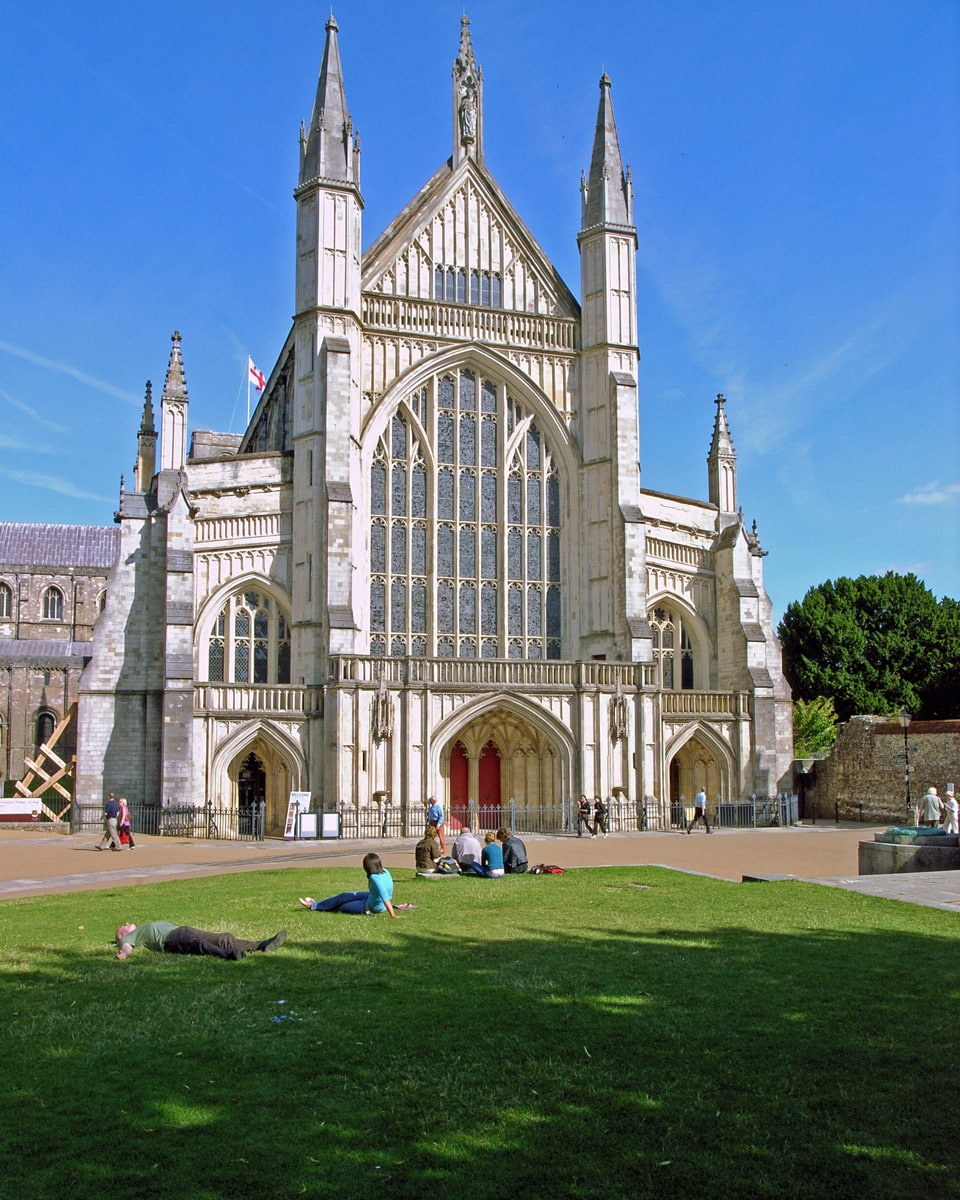
 In short
In short
One of the largest Gothic cathedrals in Europe is Winchester Cathedral. This magnificent building is located in the valley of River Itchen, but nevertheless dominates the skyline of Winchester city. Building is 169.5 m long!
 58.4%
58.4%
GPS coordinates
Location, address
Full name
Architectural style
Year of construction
Map of the site
If you see this after your page is loaded completely, leafletJS files are missing.
 In detail
In detail
The history of this important structure is more than 1300 years long.
Old Minster
It is known that a cathedral here was built in 642 – although some sources state that the church has been standing here earlier. This church – Old Minster (minster – a church of special importance, also the early church buildings in England) – was located next to the present one, to the north. It was a cathedral for the diocese of Wessex and later – Winchester from 660 to 1093.
In the 970s it was extended and became the largest church in Europe.
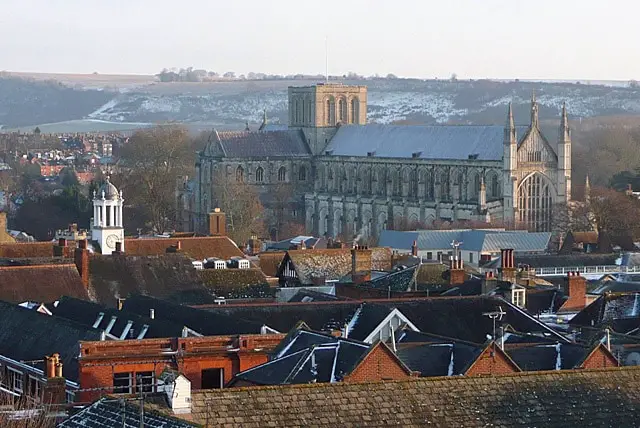
Old Minster was demolished in 1093. During the existance of this cathedral many kings of Wessex and England were buried in it – their bodies were re-interred in the present cathedral. Now they are located in mortuary chests around the choir.
Old Minster was excavated in the 1960s, now the fundament of this old church is marked with brickwork and can be seen in aerial photographs as well (try it out in the map to the right!).
Saint Swithun
The history of Winchester Cathedral is closely linked with Saint Swithun. Swithun was Bishop of Winchester, a zealous clergyman. He lived in the 9th century and died on July 2, 862.
According to a legend Swithun ordered to bury him in a vile and unworthy place outside the church and not inside: in a place where "passers by might tread on his grave and where the rain from the eaves might fall on it.".
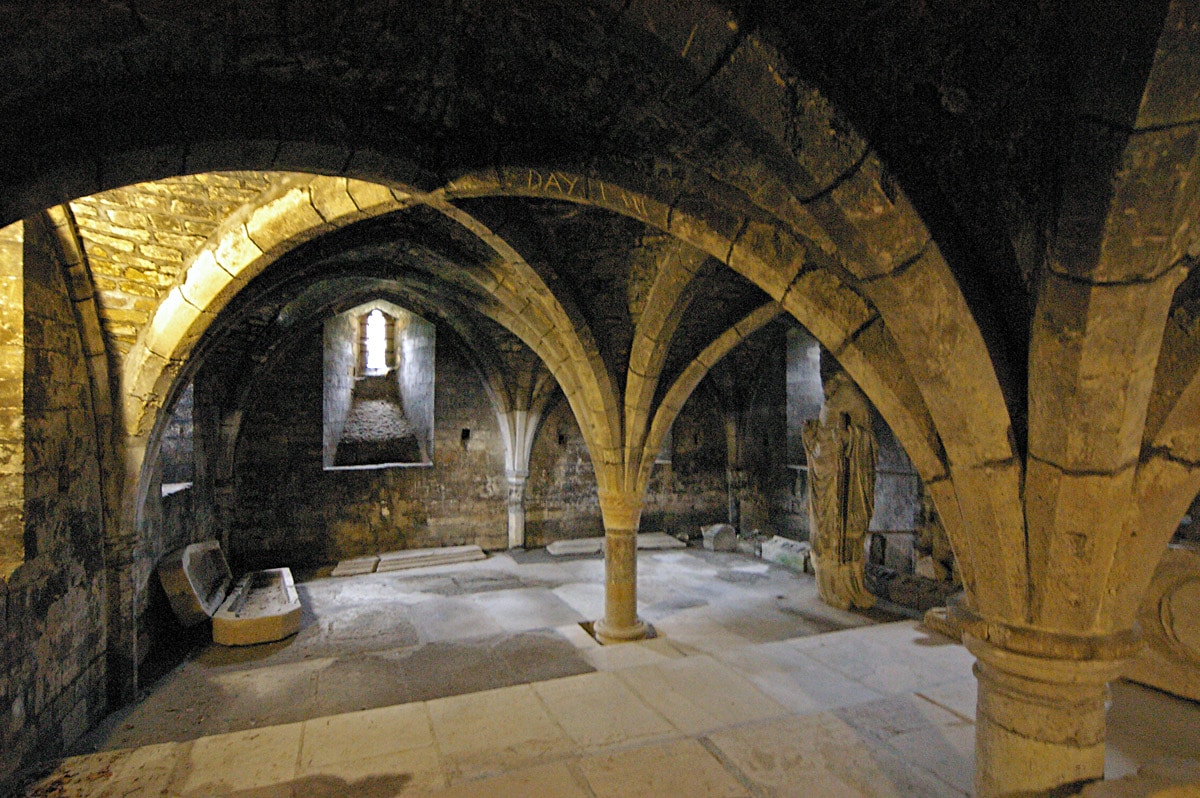
Nevertheless, in the 970s on July 15 his body was taken inside the church. Legend tells that this ceremony was delayed per 40 days due to torrential rain – this was a sign that St. Swithun was not pleased with this move.
Nowadays, more than 1000 years later Swithun is remembered due to a popular belief: if it rains in St. Swithun’s Day (15 July), it will rain for 40 days.
People believed also believed that the bones of St. Swithun have healing properties – in medieval times thousands of piligrims flocked to the cathedral.
New Minster
In 901 there was built the New Minster – a royal Benedictine abbey. Both New Minster and Old Minster were in active use, and it is said that singing of monks in one church was well heard in the other.
Monks had to leave the New Minster, as the new Winchester Cathedral was built. There are some remains to the north from cathedral
Present cathedral
In 1079 started the construction of a new cathedral in Winchester. This Saxon cathedral was completed in 1093 and consecrated in St. Swithuns day.
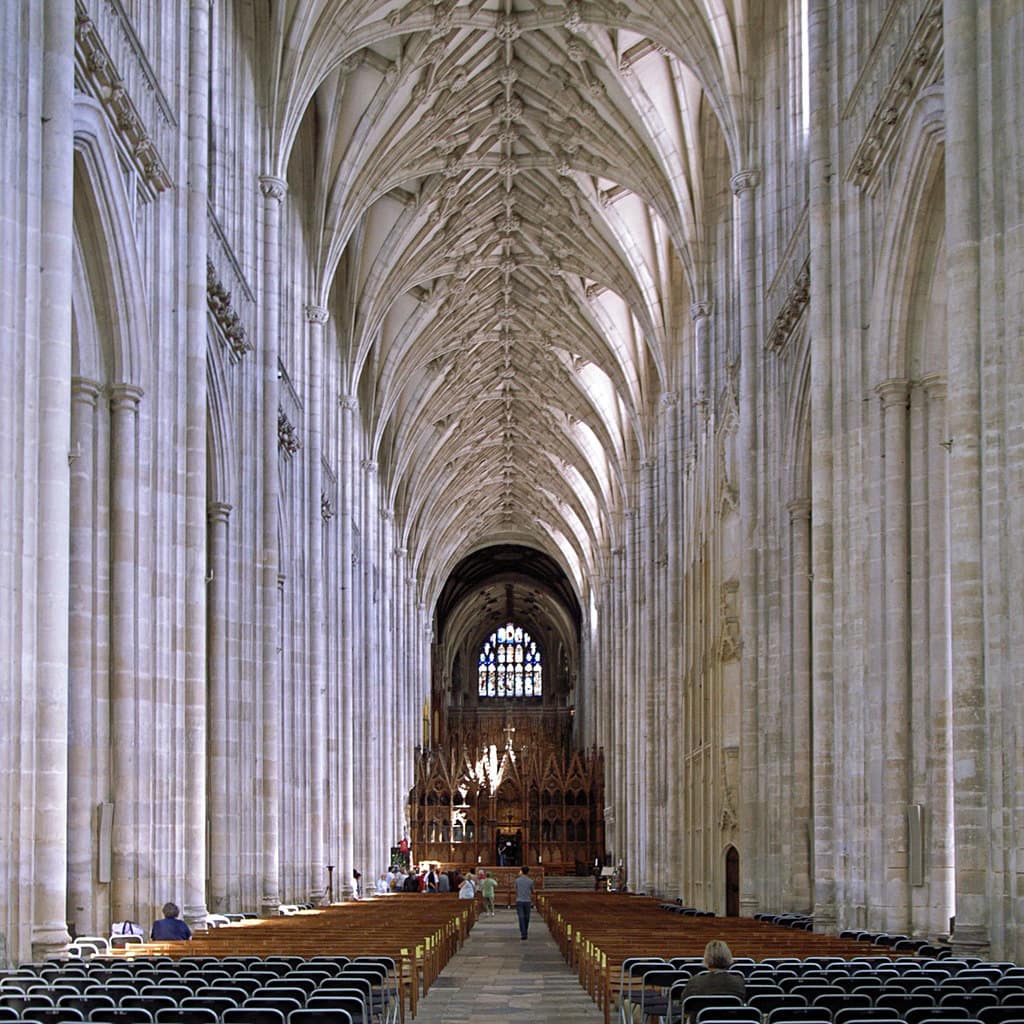
Height of the nave is not the tallest – 23.7 m, but nevertheless is impressive. Most surprising is the length of structure – the nave has 12 bays and is some 90 m long.
In 1107 fell down the original tower of the church. There is a legend again – it is considered that this event was caused by the burial of the unpopular King William II (Rufus) here in 1100.
Construction of the present tower was started in 1202, the tower is approximately 43 m tall.
Further works continued in the 14th – 16th century and as a result, the present, magnificent Gothic cathedral was shaped. Part of the Gothic details of the interior was carved out of the original Norman columns – this was a very time-consuming and complicated task. The work was led by master mason William Wynford.
Cathedral served as a part of Benedictine abbey which by the early 16th century controlled approximately one-third of the wealth of England. When the Benedictine abbey was dissolved in 1539, the cloister and chapter house were demolished, leaving only the cathedral.
In 1817 the outstanding novelist Jane Austen was buried in the cathedral – as her works were published anonymously, she was not famous during her life and the epitaph at her gravestone tells about her personal qualities and does not mention her writings.
By the early 20th century the underwater part of this giant structure was in critical condition – the building was built on the peaty ground in the river valley and it was sinking. The church was saved by William Walker – a diver who worked here daily from 1906 to 1912 in the depth up to 6 m. He packed the foundations with more than 25,000 bags of concrete, 115,000 concrete blocks, 900,000 bricks.
The crypt often, mostly in winter, is flooded up to this day.
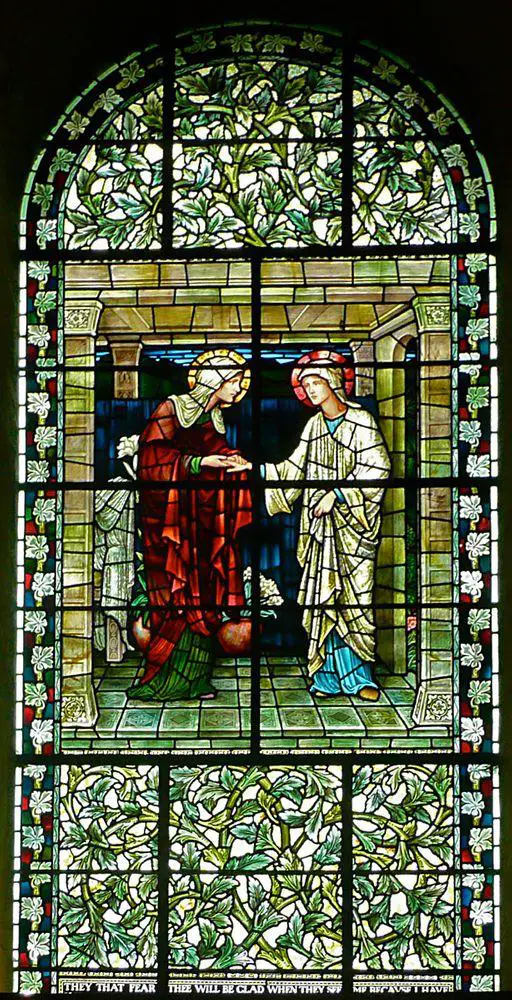
Art values
Winchester Cathedral is a true depository of medieval and later art values – just a few are mentioned below.
Some bishops of Winchester belonged to the wealthiest man in Europe and this is seen in the rich adornment of memorial chapels in the cathedral.
Beautiful artwork is Winchester Bible – illuminated manuscript which was made in 1160 – 1175.
Cathedral is adorned with some of the finest wood carving, mostly shaped by William Lyngewode in the 13th century. It has also the largest area of medieval tiles in England, made in the early 13th century.
Epiphany Chapel in the northern part of cathedral is adorned with Pre-Raphaelite stained glass, designed by Sir Edward Coley Burne-Jones, made in William Morris’s workshop.
Interesting work of art is series of nine icons in Orthodox style, made by Sergei Fyodorov and installed in 1992 – 1996. These icons show local saints, also St Swithun.
In the cathedral is a diatonic ring of 16 church bells – the only one in the world (e.g. piano keyboard has "only" 12 tones per one octave). It means that Winchester Cathedral bells have rich set of semitone bells, allowing play of very exquisite bell music with 14 bells ringing at once.
References
- Winchester Cathedral. Accessed on May 8, 2011
 Linked articles
Linked articles
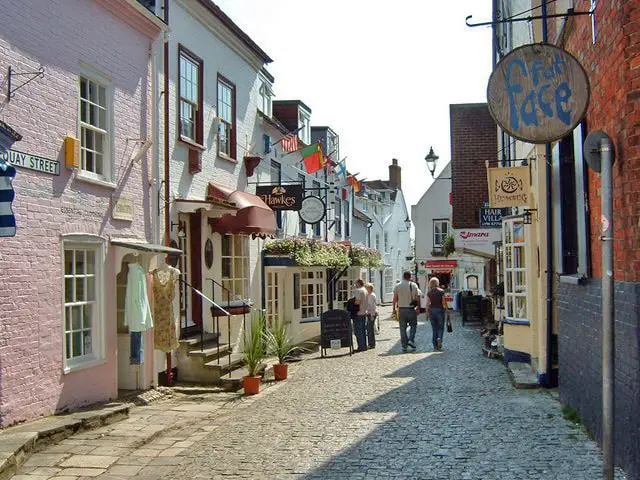
Wonders of Hampshire
Hampshire is rich with many valuable man-made landmarks. Numerous medieval churches and country houses form a varied cultural landscape, enriched with country parks, avenues, and graveyards. Several cities and towns, including the ancient ports of Southampton and Portsmouth, still have medieval fortification walls.
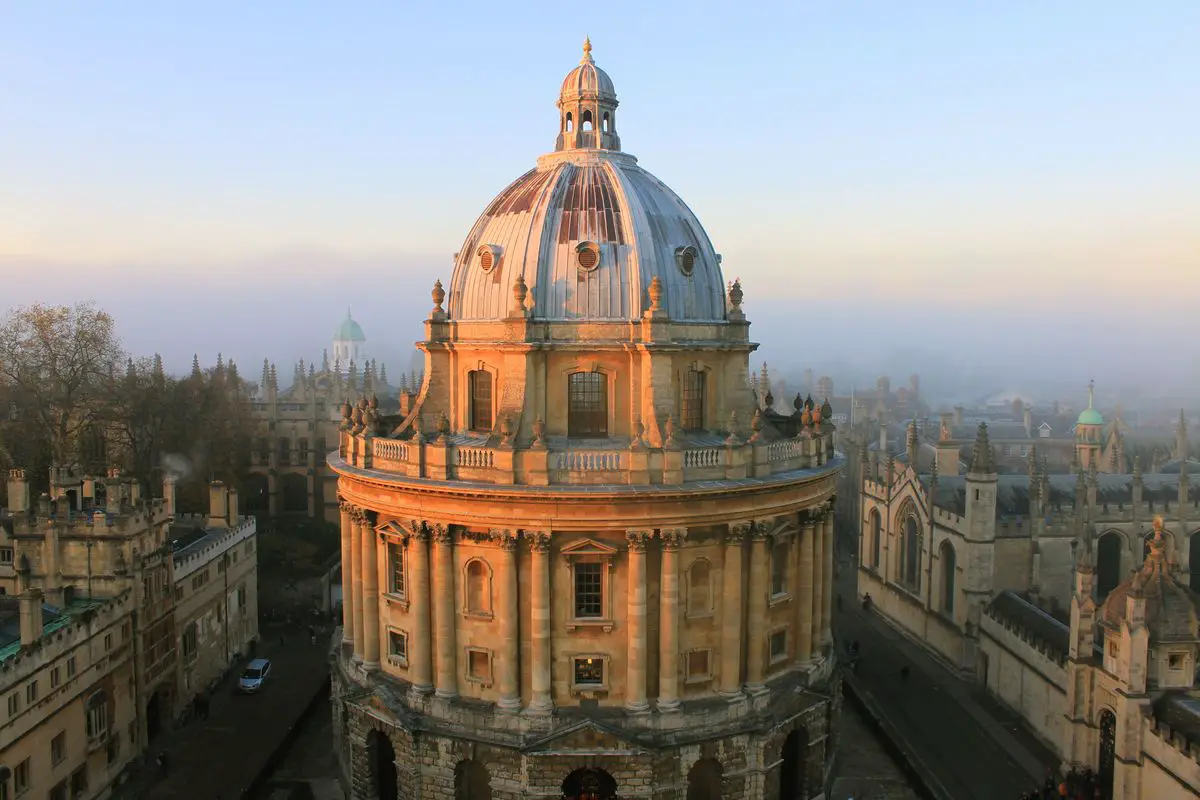
Wonders of England
The natural and cultural wonders of England are very diverse and here are found some of the world’s most impressive landmarks in several categories, such as churches and museums.
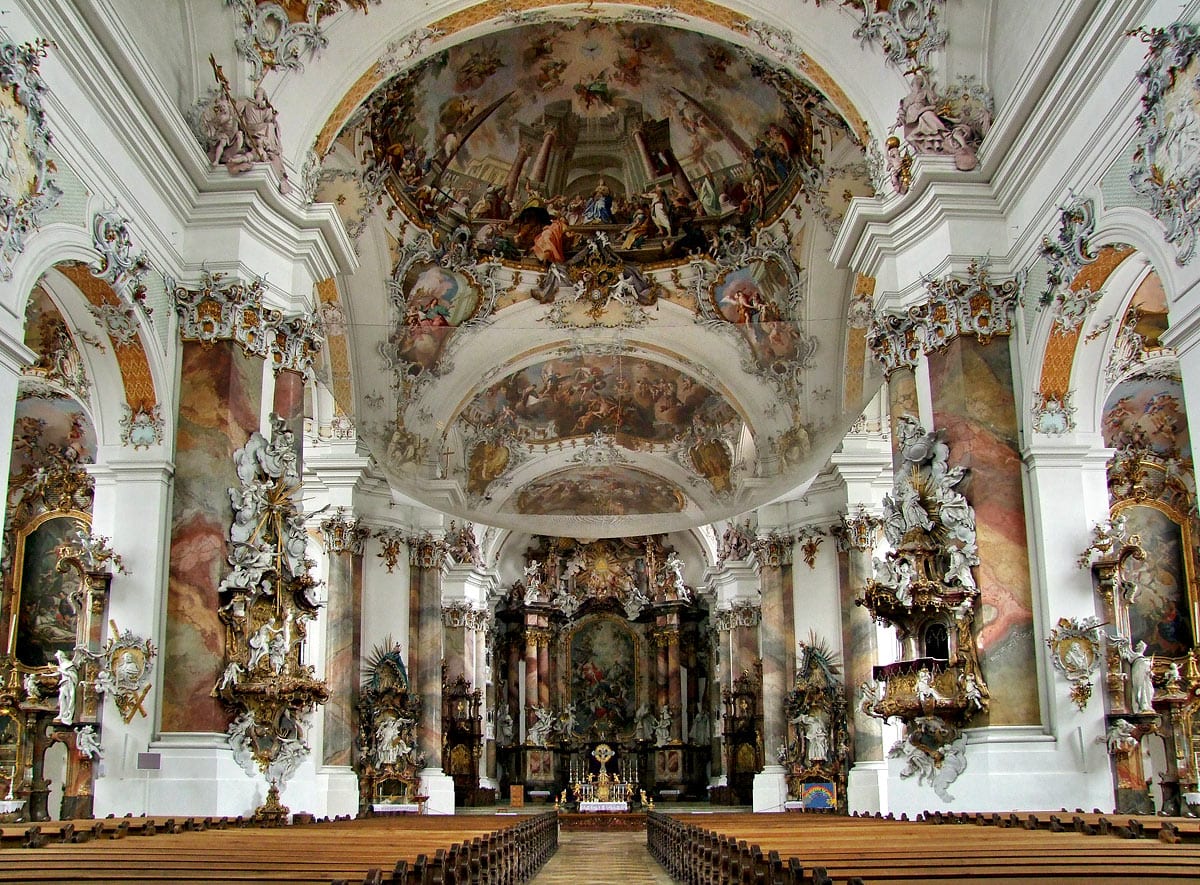
Churches
Throughout the millennia Christian churches have been the epitome of architecture and arts achievements in Western culture.
 Recommended books
Recommended books
Cathedrals of Britain
Cathedrals are awe-inspiring buildings. Most are grand medieval structures, while others appear simple and unpretentious – yet all were designed to reflect the glory of God and have a profound impact on us. As trailblazers of architectural development, each cathedral has distinct individual features – such as the powerful Norman Romanesque west towers of Durham, the unique octagonal tower at Ely, and the daring late Gothic finery and spaciousness at Gloucester.
England’s Cathedrals
England’s cathedrals are the nation’s glory. They tower over its landscape, outranking palaces, castles, and mansions. They attract roughly half the nation’s population each year. For a millennium they have been objects of pilgrimage for those seeking faith, consolation, and beauty. Still, at the start of the twenty-first century, they remain unequaled in their size and splendor.


